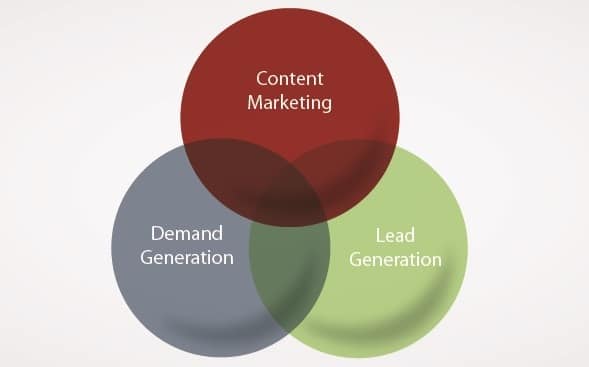
So you’ve managed to create a marketing program that is generating leads. Real, ready-to-be-qualified, hopefully big budget leads. Fantastic. What do you do next?
If you’re structured like a lot of organizations, that lead is entered into a CRM system, perhaps assigned to a sales or marketing representative, and the dance begins. A small percentage of those leads will become hot, sales-ready, take-the-next-step type leads. A larger percentage of those leads will become qualified but not ready to fully engage type leads. An even larger percentage of those leads will not be ready to engage with anyone at all. That could indicate a host of different things, but never assume that means the lead is unqualified.
All three categories – the hot lead, the warm lead, and the cold lead – require lead nurturing at this point, yet the average organization fails to nurture leads effectively. Why? Too many organizations still assume that their primary lead nurturing weapons are a salesperson and a phone call.
Let’s take a look at a 4-step lead nurturing plan, and briefly describe why each step is important and how you can begin to address each one.
1. Understand why lead nurturing is important.
It’s no secret that the average B2B buyer prefers to work with someone they perceive as a trusted advisor, as opposed to just a sales representative. So how can your sales representative become that trusted advisor? The trusted advisor is able to prove the following over time:
- That the advisor – and the company in general – is an expert in the field being considered.
- That the advisor – and the company in general – understands the problem or issue facing your company, and can help solve it.
- That the advisor – and the company in general – will be easy to work with.
You think all three of those things can be established in a single phone call? No chance. Those three components are generally proven out over time. Sure, referral business may move quicker through this process, but they still need to check off all three stages.
2. Identify the tactics you can use for lead nurturing.
This is typically the area where sales/marketing organizations sell themselves short, and ultimately revert back to using phone calls and email as their primary lead nurturing tactics. If you’ve read this blog previously, you know that content is king in marketing. Here’s a partial list of all the different forms of content that can be used to nurture leads:
- Case studies
- Press releases
- Free trials
- Whitepapers
- Webinars
- E-Newsletters
- Printed newsletters
- Events
- Third-party articles
- Phone calls
- Emails
- Research reports
- Blog posts
The list could go on and on. Make your own list. You likely have some of these materials already, and some you’ll want to develop. Next comes the easy part – use them, and use them without abandon. If your content is well-developed, most prospects will appreciate you sending it.
3. Schedule your lead nurturing activity.
You understand why lead nurturing is important, and you’ve now identified the materials you have at your disposal. What now? Make a schedule for when and how you will touch each lead. This doesn’t have to be complicated. It may be as simple as the following:
Week 1: Make phone call introduction.
Week 2: Invite to the next webinar.
Week 4: Deliver the monthly e-newsletter.
Week 6: Offer free trial of a new software offering.
Week 8: Send new research report.
Week 10: Personal follow up with phone call and/or email.
For many organizations, it’s phone call-phone call-email-phone call-email-phone call-give up. That’s not effective lead nurturing.
4. Track your lead nurturing activity.
That of course brings us to tracking. If you’re going to invest all this time (and potentially money) into lead nurturing, you need to track the activity right?
For certain organizations, I’d recommend using some combination of CRM and marketing automation software. Software like Salesforce (CRM) and Eloqua (Marketing Automation) are popular offerings, but there are literally hundreds of options in these categories. Look around. Demo the products. Talk to other customers. Then make a selection, but recognize that your use of this software will only be as good as the people and resources who help you implement it within your organization.
Not everyone has the budget or staffing resources to use these types of tracking solutions. Or maybe you’re dealing with a limited number of leads, like 20-30 each month. That’s fine. Come up with your own simple tracking solution. Track it in a simple spreadsheet if you have to.
Lead nurturing does not have to be hard. As a matter of fact, you’re probably already doing it today, but perhaps in a disorganized fashion. Spend the time to build your lead nurturing plan and secure buy-in from the appropriate people in your organization, and within 3-6 months you can create a lead nurturing machine.


